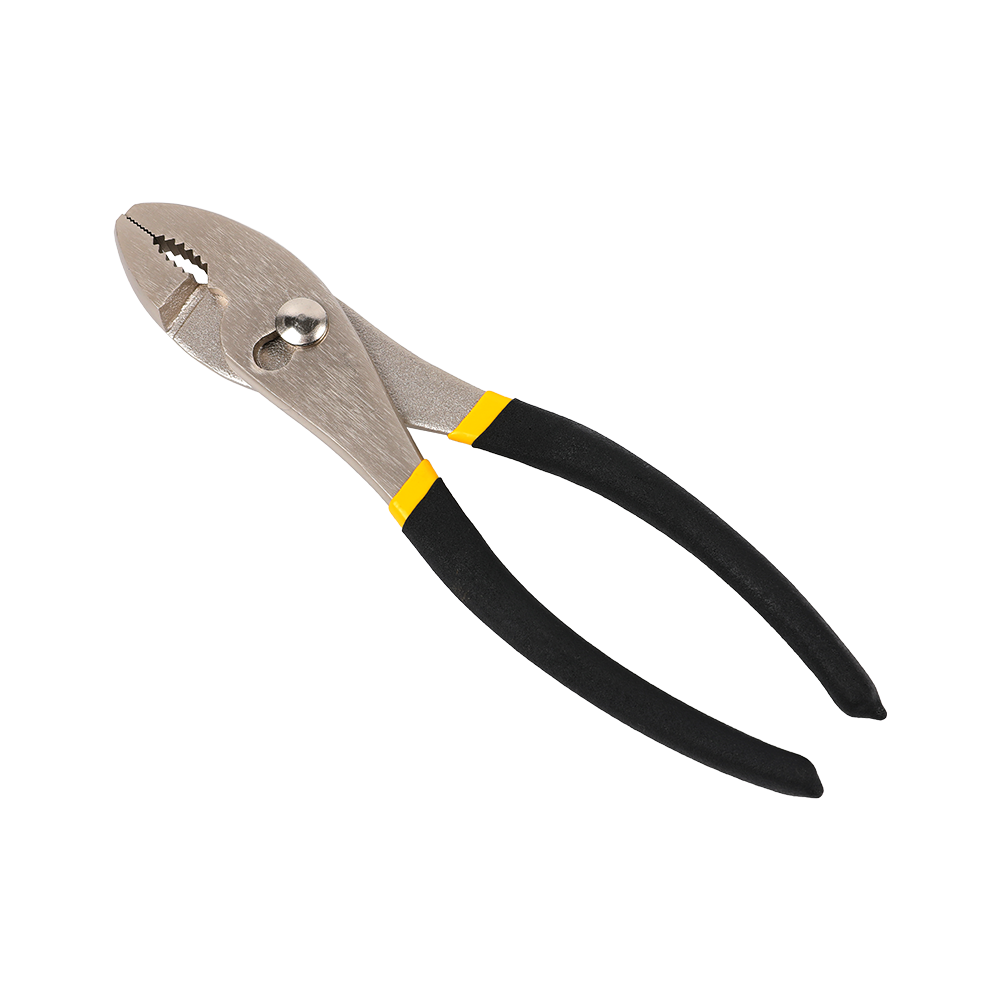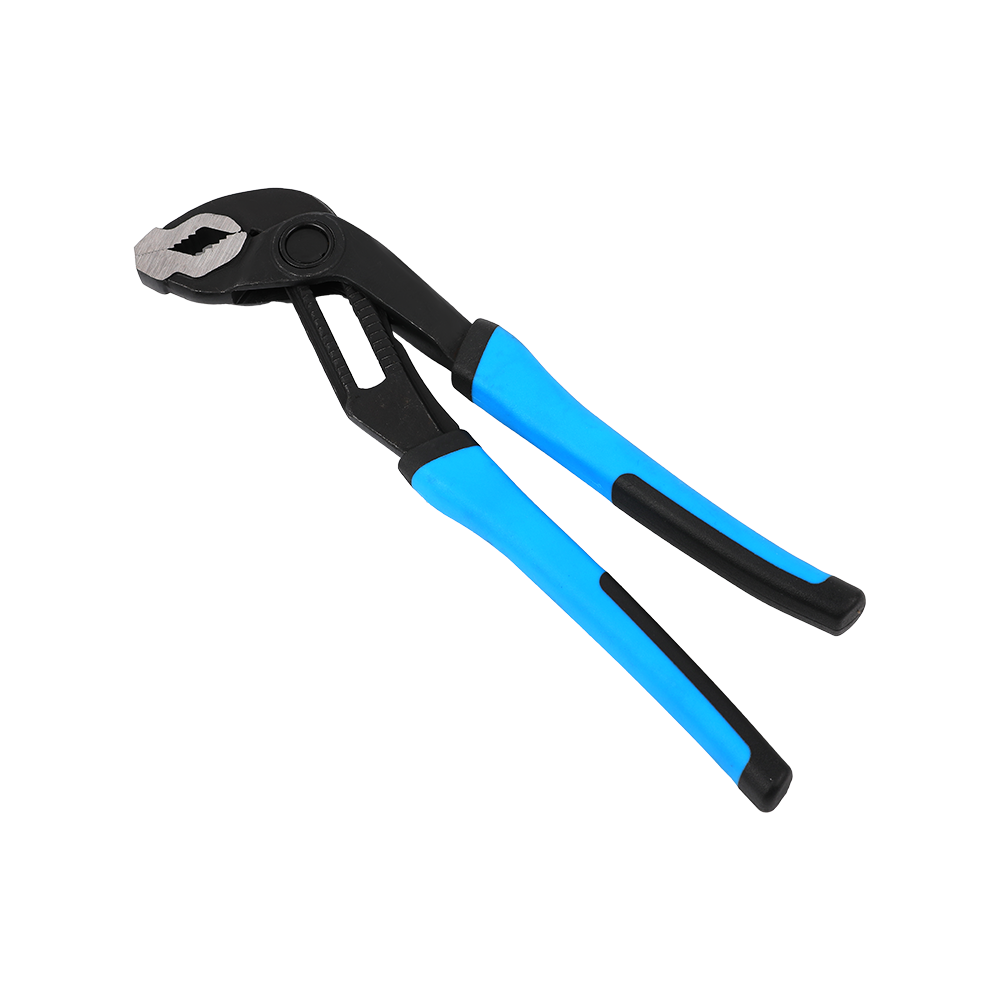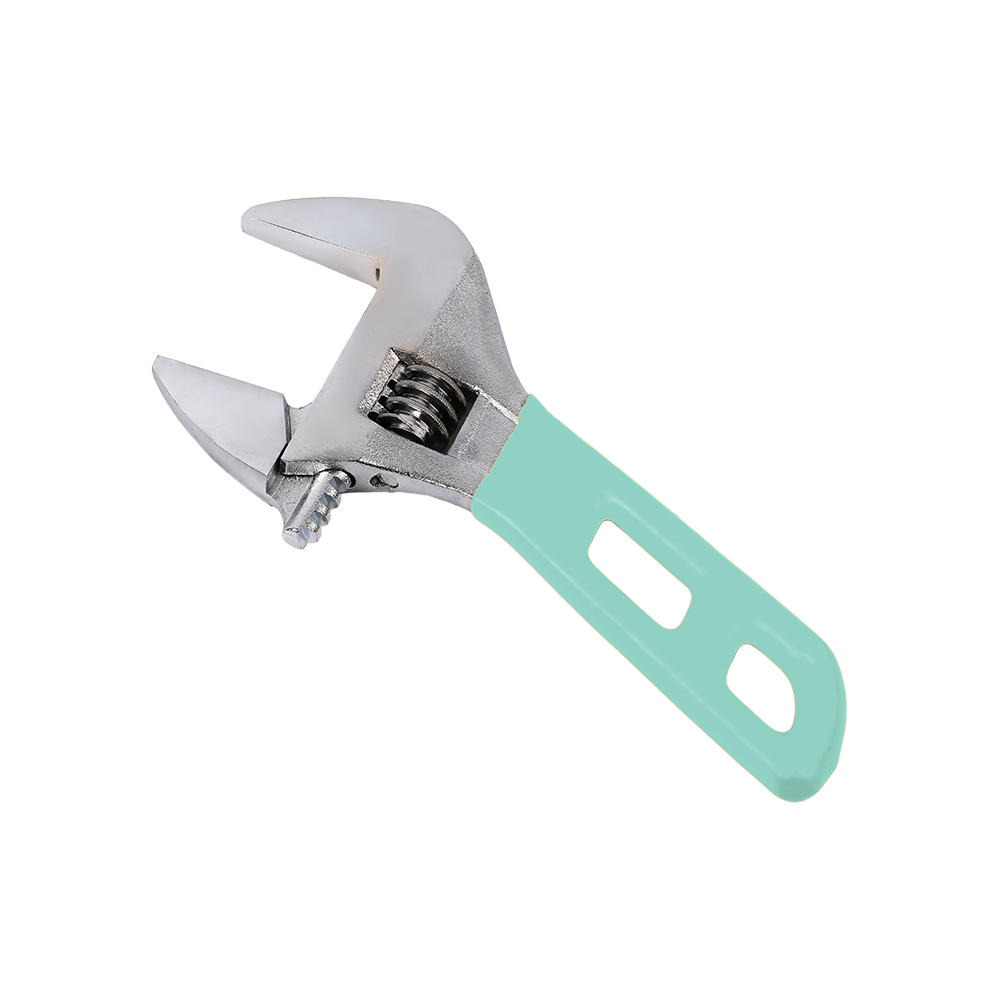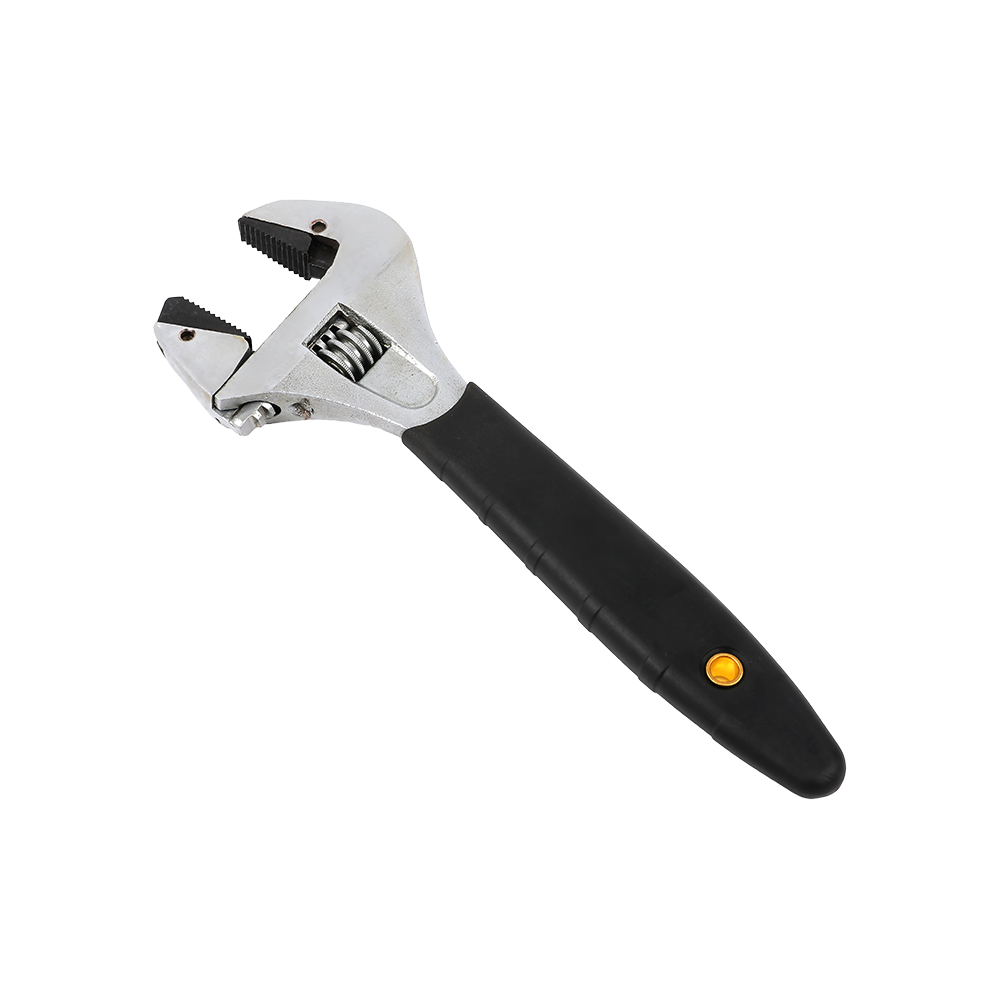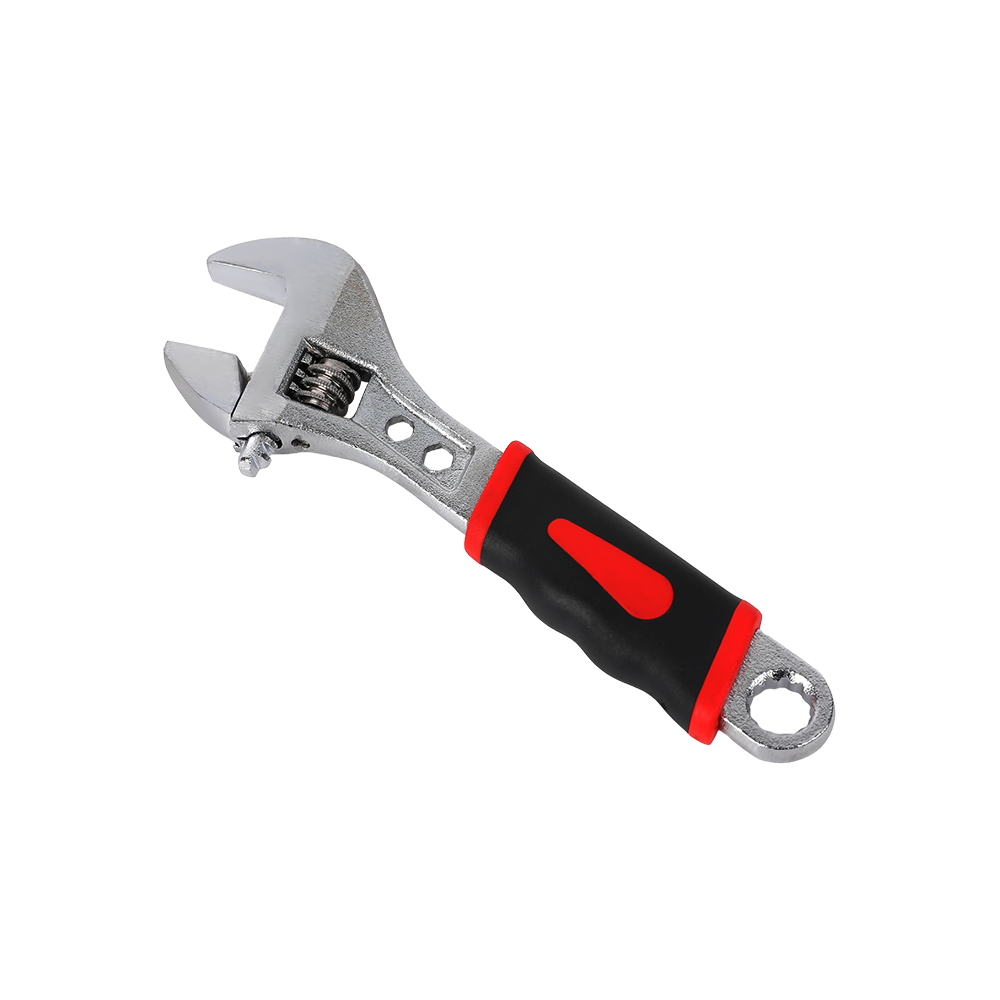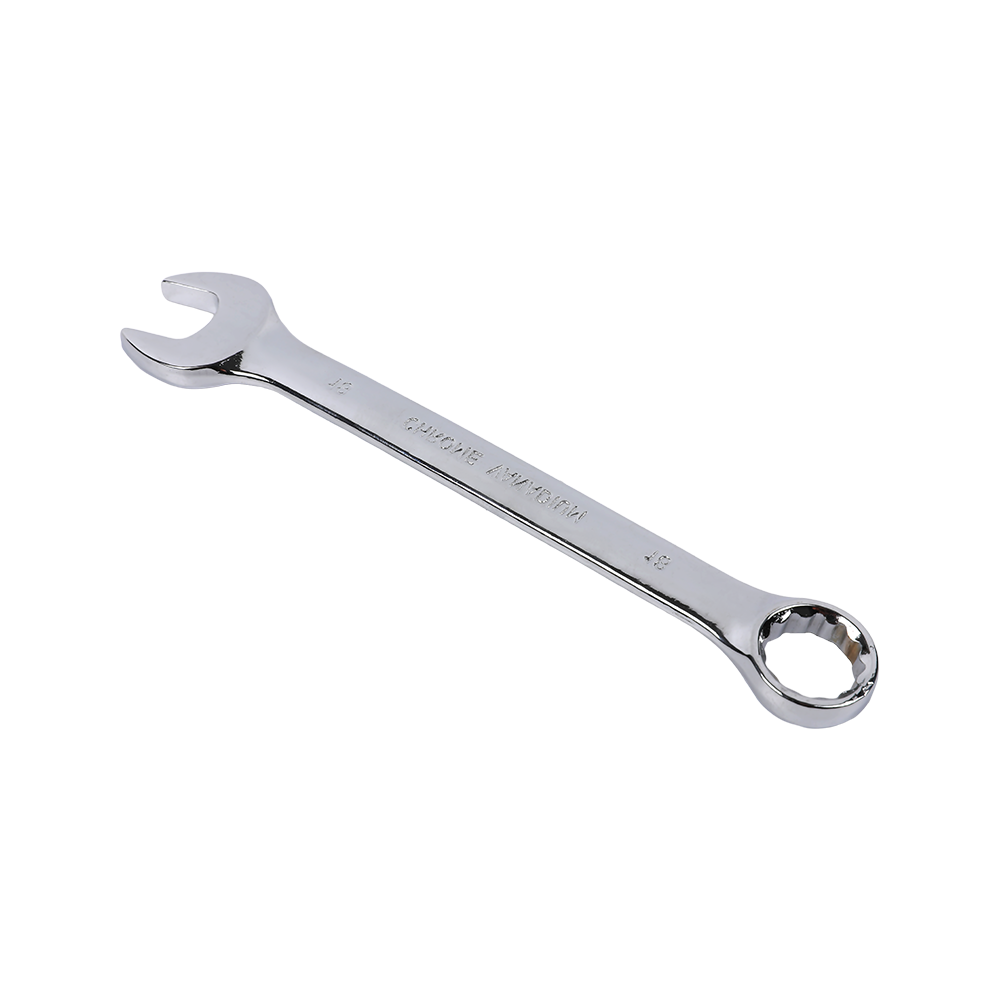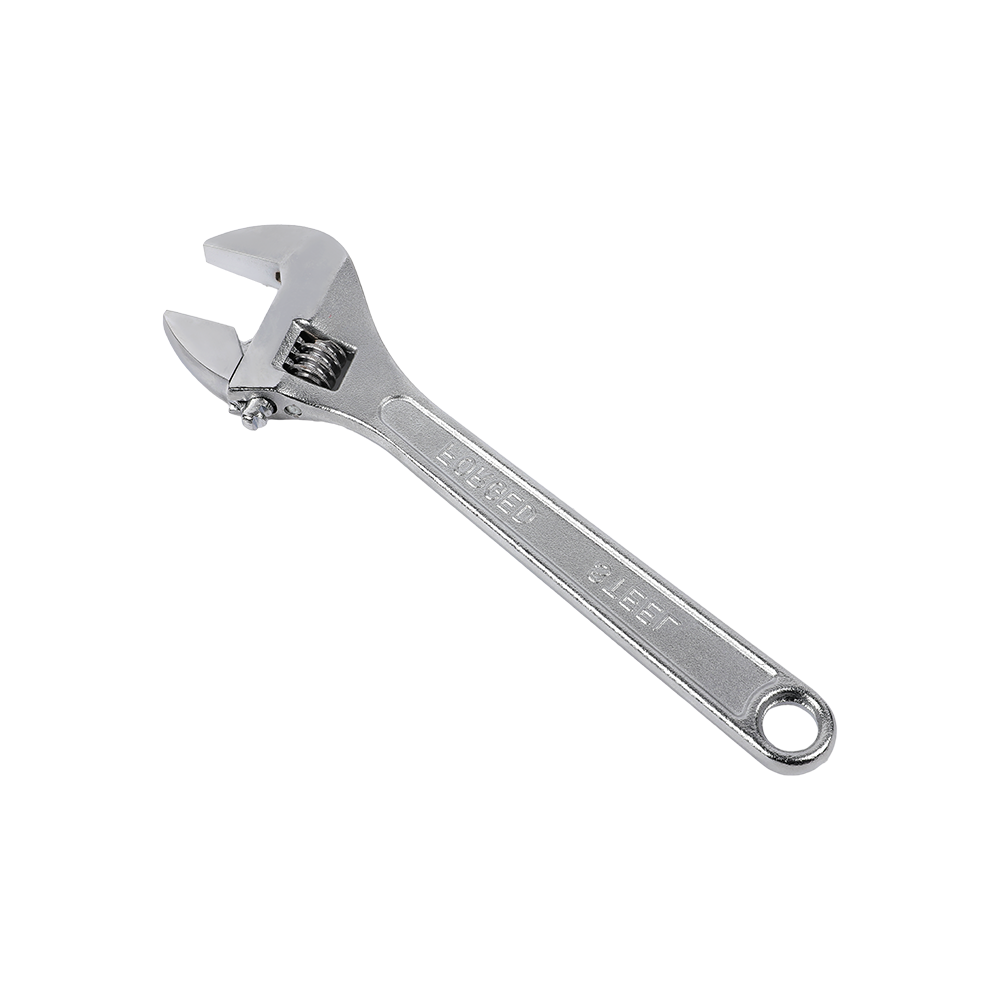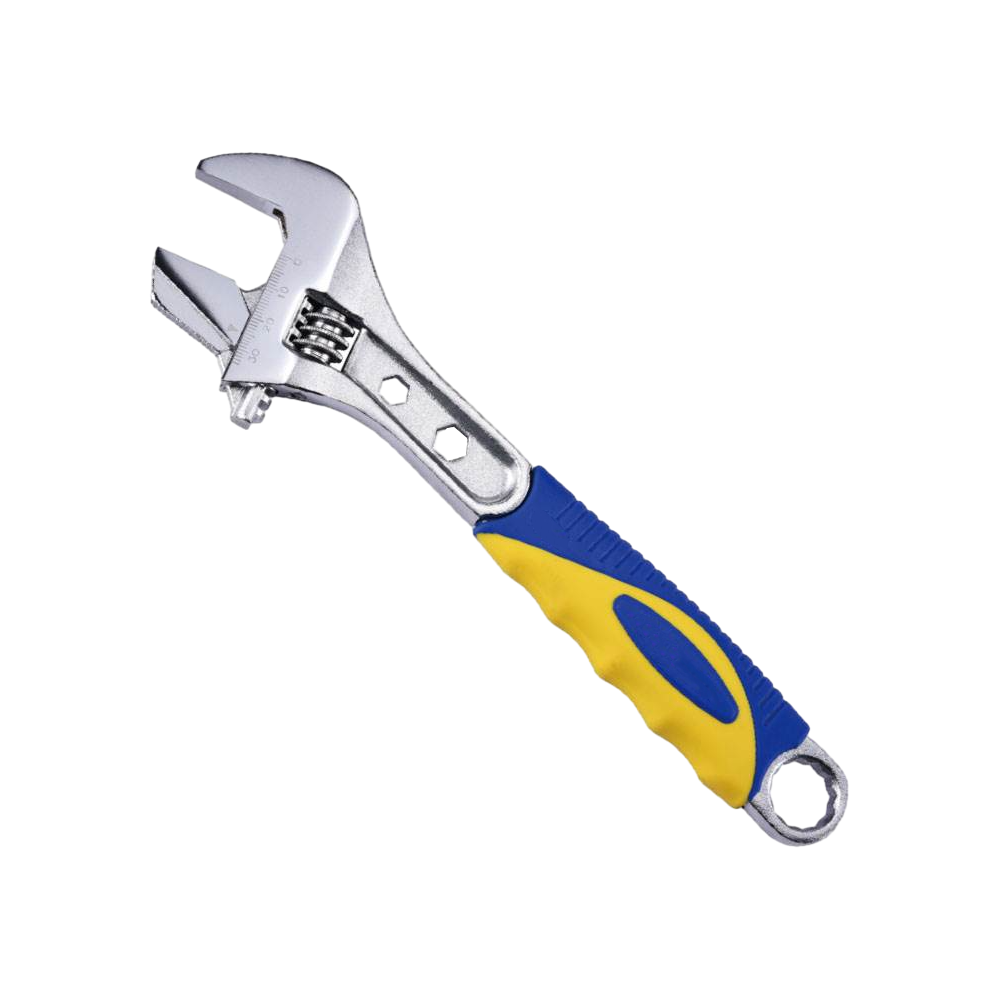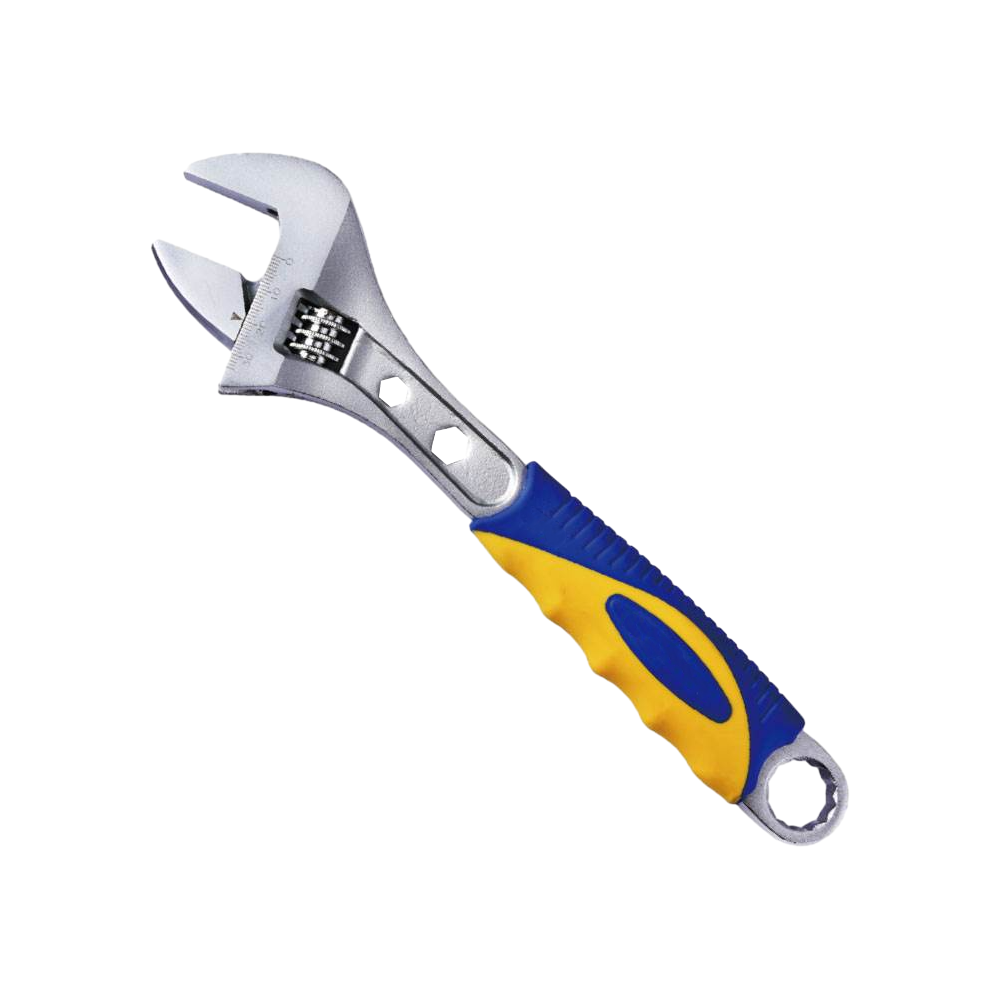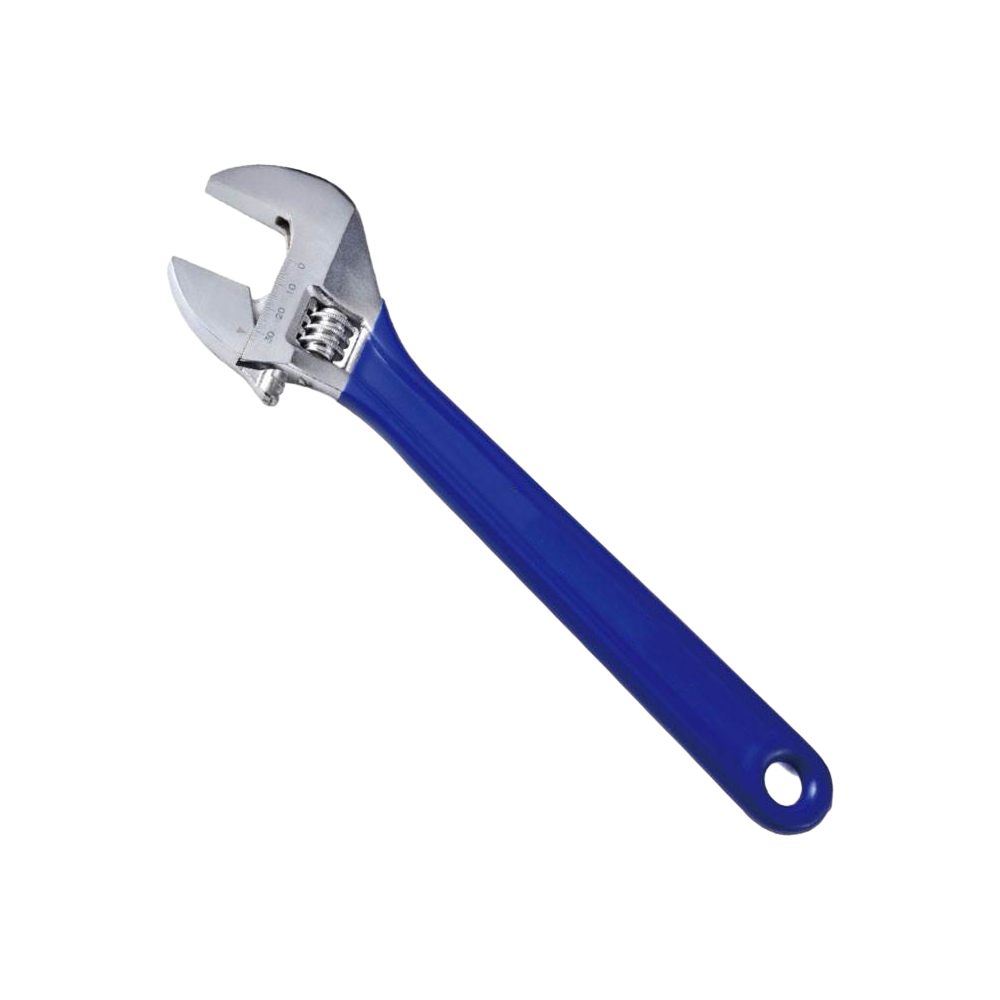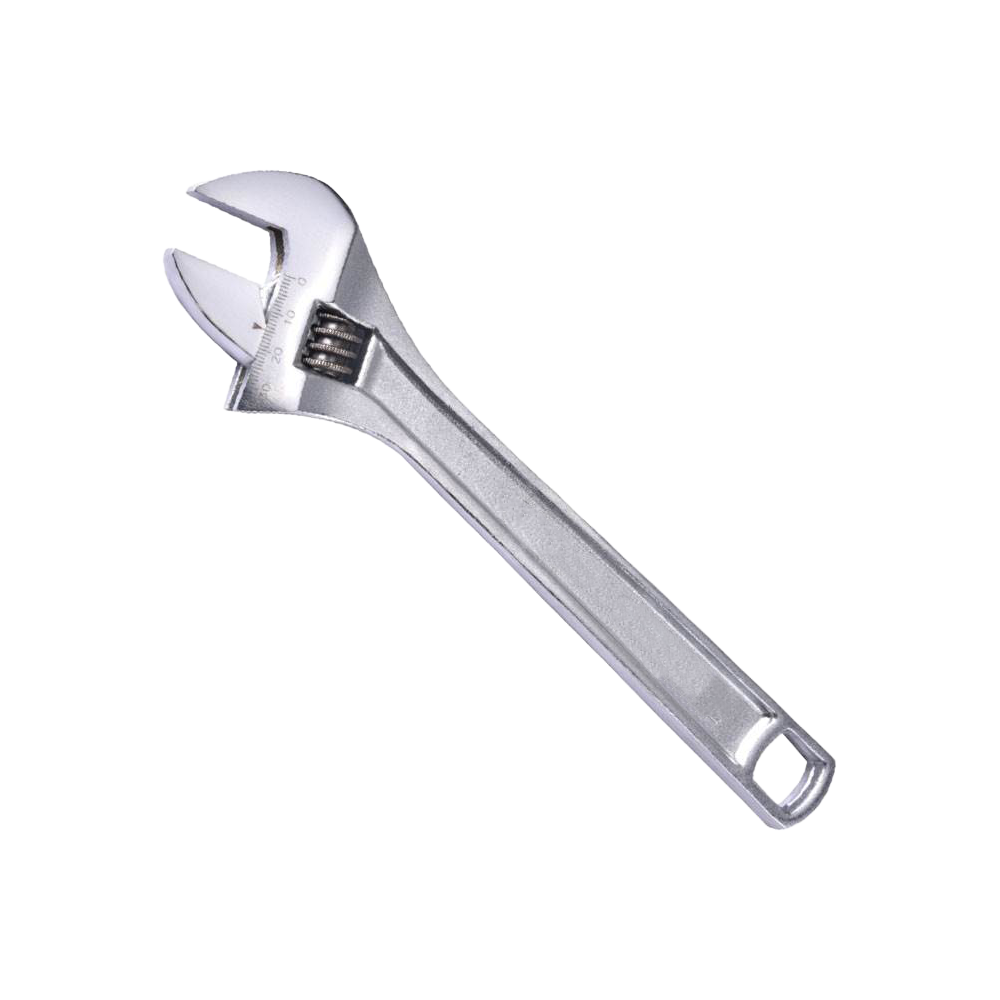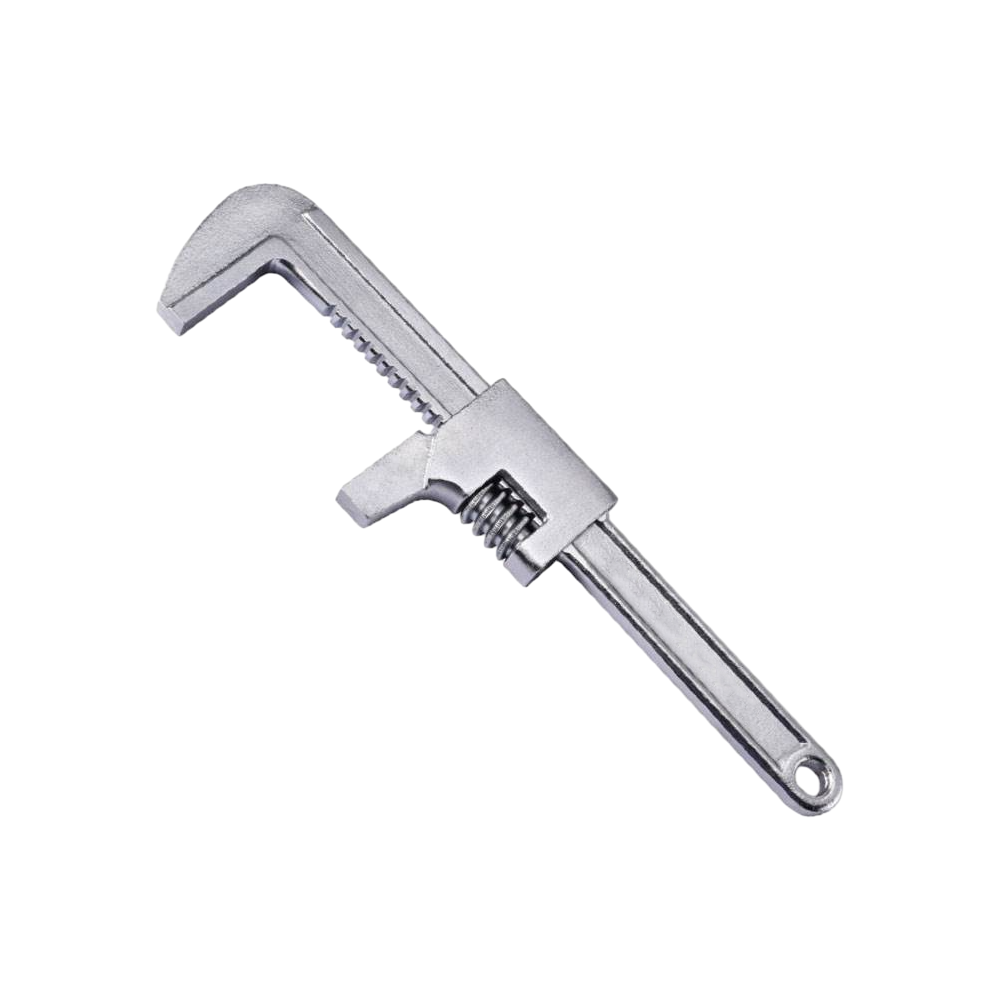Why adjustable jaw design defines the future of movable wrenches?
The Growing Relevance of Movable Wrenches
The global hand tool market continues to evolve toward versatility and durability, and movable wrenches stand out as a core product in this transformation. Their adjustable jaw allows users to operate across different bolt and nut sizes, making them indispensable in mechanical maintenance, plumbing, construction, and automotive repair. While fixed-size spanners limit flexibility, the adjustable jaw design of movable wrenches addresses diverse requirements with one tool, reducing toolkits’ weight and enhancing efficiency.
Adjustable Jaw: A Defining Feature
The defining strength of movable wrenches lies in the adjustable jaw mechanism. Unlike traditional wrenches with static openings, the adjustable jaw provides a wide range of capacity, enabling users to switch between applications without changing tools. This adaptability is central to user experience, particularly in professional settings where efficiency directly translates to productivity.
From a technical standpoint, the adjustable jaw design balances precision grip with torque control. When properly engineered, it ensures stable contact with fasteners, minimizing slippage and wear. For industries relying on consistent accuracy, this feature is not merely a convenience but a requirement for reliability.
Material and Structural Advances in Movable Wrenches
The manufacturers of movable wrenches are increasingly focusing on the integration of advanced materials to optimize adjustable jaw durability. Alloy steel, chrome finishes, and heat-treated surfaces dominate current designs, providing both strength and resistance to corrosion.
The combination of lightweight construction and strong torque resistance ensures that movable wrenches can be used in heavy-duty industrial tasks without compromising on user comfort. Manufacturers are aligning their production with ergonomic principles, where a non-slip handle complements the adjustable jaw for safety during operation.
Key Product Features of Movable Wrenches
| Feature Category | Specification Highlights | Relevance in Use Case |
|---|---|---|
| Adjustable Jaw | Wide opening capacity, precision grip | Enables multi-size usage in one tool |
| Material Strength | Alloy steel, drop-forged, heat-treated | Enhances durability and torque control |
| Surface Treatment | Chrome finish, corrosion-resistant coating | Extends tool lifespan, resists wear |
| Handle Design | Ergonomic, non-slip grip, lightweight construction | Improves comfort, reduces fatigue |
| Application Range | Plumbing, automotive repair, construction, maintenance | Covers diverse professional scenarios |
Efficiency Gains Across Industries
The adjustable jaw feature of movable wrenches is a direct enabler of efficiency. In automotive repair, mechanics benefit from the ability to switch between bolt sizes without repeatedly changing tools. In construction environments, the wide opening capacity of movable wrenches reduces downtime caused by searching for the right size. For household users, compact and lightweight models offer practical utility without requiring extensive tool collections.
This versatility contributes to cost savings, as fewer tools need to be purchased, stored, or transported. In parallel, industries experience reduced training requirements, since a single tool accommodates multiple tasks.
Market Implications for Manufacturers of Movable Wrenches
The rise in demand for efficient tools has driven manufacturers of movable wrenches to enhance production precision and invest in quality control. The adjustable jaw, being the stress-bearing component, requires advanced machining and calibration to maintain accuracy over repeated use. This pushes manufacturers to innovate in areas such as:
Improved forging techniques for consistent jaw alignment.
Integration of ergonomic handle design with adjustable mechanisms.
Development of corrosion-resistant coatings for long-term reliability.
The result is a competitive landscape where innovation in adjustable jaw performance directly influences market share.
Intelligent Integration
The movable wrenches with adjustable jaws are expected to incorporate intelligent features. While the core mechanical principle remains unchanged, digital torque indicators and material sensors could complement traditional functions. Such innovations would allow professionals to monitor real-time pressure, preventing over-tightening and extending tool longevity.
The balance between mechanical robustness and digital precision will likely define the next generation of movable wrenches, with the adjustable jaw remaining the cornerstone feature.
The defining characteristic of movable wrenches is the adjustable jaw, which elevates them beyond conventional spanners by merging versatility, durability, and ergonomic value. For professionals and households alike, the efficiency gains are clear: fewer tools, broader applications, and enhanced control.
-
Feedback
 English
English русский
русский Español
Español
